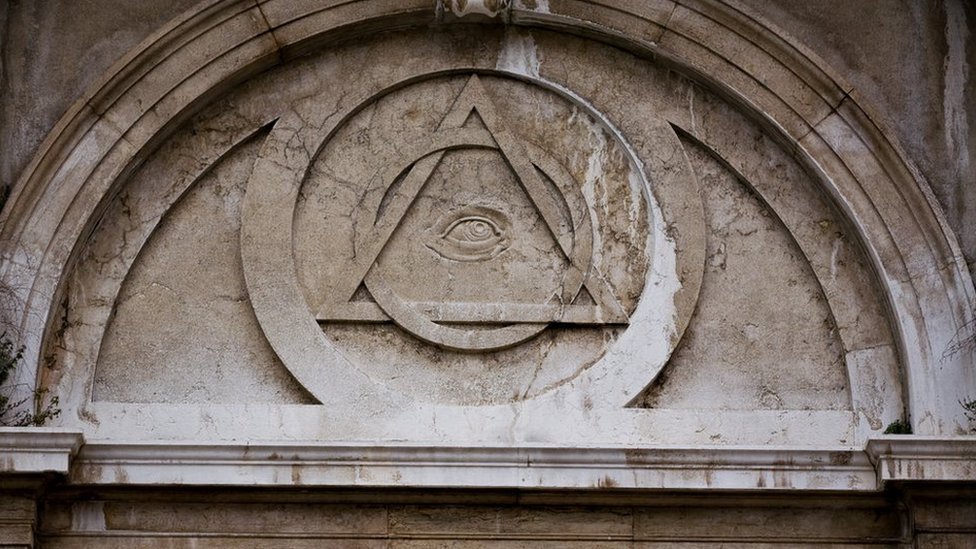Straightforward Steps to Help You Understand How to Join a Masonic Lodge Easily
Straightforward Steps to Help You Understand How to Join a Masonic Lodge Easily
Blog Article
Exploring the Mysteries of the Freemason: What You Required to Know
The Freemason, a term usually shrouded in intrigue and controversy, stands for an intricate tapestry of historic truth and contemporary misconception. Developed in the late 18th century, this secret society was at first rooted in the Enlightenment's perfects yet has since come to be identified with conspiracy theory concepts regarding elite control.
Beginnings of the Freemason
The beginnings of the Freemason are steeped in a mix of historical intrigue and ideological fervor. Developed in 1776 in Ingolstadt, Bavaria, by Adam Weishaupt, the team was originally created as a secret society focused on promoting Knowledge suitables such as reason, secularism, and the splitting up of church and state. Weishaupt, a teacher of canon regulation, sought to test the dominating authority of the church and state, which he deemed overbearing institutions suppressing intellectual and personal flexibility.
The Freemason sought to recruit significant members from various social industries, consisting of politics, academia, and the arts, to promote a network devoted to these Enlightenment concepts. The culture operated under a shroud of privacy, using coded language and routines to shield its members from mistreatment, especially offered the repressive environment of the time. The Freemason dealt with substantial resistance from both governmental authorities and religious establishments, which checked out the team as a risk to their power.
Key Figures and Members
That were the essential numbers that formed the Freemason's early impact and instructions? The Bavarian Freemason, started in 1776 by Adam Weishaupt, became a reaction to the overbearing social structures of the moment. how to become a freemason. Weishaupt, a regulation teacher, pictured the organization as a way to promote Knowledge perfects such as factor, secularism, and equal rights. His first recruitment efforts consisted of influential pundits, such as Baron von Knigge, that played a critical duty in broadening the team's subscription and organizational framework.
Another substantial number was Johann Gottlieb Fichte, a popular theorist whose ideas on nationalism and education and learning resonated with the Freemason's objectives. Although Fichte was not an official member, his thoughtful underpinnings affected the team's ideology. Furthermore, figures like the writer and philosopher Johann Wolfgang von Goethe were connected with the broader intellectual motions of the moment, although their direct participation with the Freemason remains questioned.
These key numbers added to the Freemason's very early direction, pressing the limits of political and social idea, while their cumulative initiatives aimed to challenge recognized norms and foster an environment of dynamic change in Europe.
Myths vs. Truth
Many misunderstandings border the Freemason, frequently mixing fact with fiction in a method that covers its real nature. The idea that the Freemason continues to exert significant influence over globe occasions is a misconception - how to become a freemason.
Another widespread myth is that the Freemason consists More Bonuses of a network of elite individuals controling worldwide events. In truth, lots of conspiracy theory theories overemphasize the group's significance, connecting misguided motives to social fads and events. This has led to an oversimplified view of intricate concerns.

Modern Analyses
Contemporary analyses of the Freemason commonly show wider societal stress and anxieties and a fascination with secrecy and power. This contemporary lens often associates the Freemason with conspiracy theory concepts that recommend a concealed elite orchestrates globe occasions, manipulating governments and economies for their own gain. Such stories tap right into a deep-rooted mistrust of authority, especially in times of situation or social turmoil.

Additionally, some contemporary interpretations frame the Freemason as a metaphor for the intricacies of globalization and the interconnectedness of prominent individuals and companies. This viewpoint motivates a crucial exam of exactly how power dynamics run in today's world, highlighting the equilibrium between transparency and privacy in governance and corporate practices.
Social Influence and Legacy
Influenced by centuries of intrigue, the social influence and legacy of the Freemason extend far beyond its historic origins. This secret culture, established in the late 18th century, has penetrated different aspects of pop culture, from literature and film to music and art. advice The concept of the Freemason has actually progressed right into a sign of conspiracy concepts, typically representing a perceived concealed power adjusting international occasions.
In literary works, writers like Dan Brown have woven the Freemason right into elaborate stories, captivating visitors with styles of secrecy and power. Movies such as "National Treasure" and "The Da Vinci Code" additionally continue the advice attraction of the society, blending truth with fiction to develop interesting narratives.
The Freemason's influence likewise expands into songs, with musicians referencing the organization to stimulate styles of rebellion and social critique. This representation has added to a fascination with the concept of private teams regulating the bars of power, showing societal anxieties regarding authority and transparency.
Eventually, the Freemason's tradition is a complex tapestry of myth and truth, shaping assumptions of privacy and control in modern discourse. Its enduring presence in culture underscores humankind's perennial pursuit for understanding concealed facts.
Verdict
The expedition of the Freemason exposes a complex interplay in between historic truths and modern-day myth-making. Founded in the Enlightenment period, this culture intended to challenge oppressive structures, yet its tradition has been outweighed by conspiracy theory theories that suggest elite control. Understanding the distinctions between the initial perfects and contemporary interpretations is crucial for understanding the withstanding attraction with the Freemason and its significant impact on cultural stories bordering power and secrecy in culture.
Report this page